

Hi, my name's Rachael. I’m from the UK, and have 2 kids. I'm currently battling breast cancer.
My friend had breast cancer in 2018, so I’ve always been checking myself. Unfortunately, I found a lump, and it was Stage 4 breast cancer.
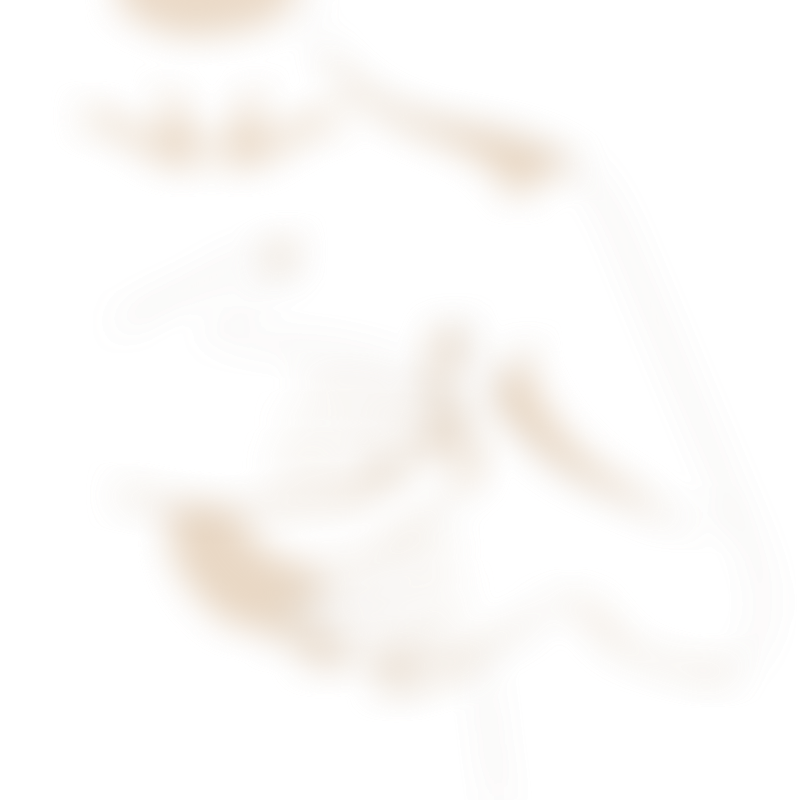
I received my diagnosis in 2021. Back then, I found a lump while doing a routine self-check. I’ve always been doing this, since my friend had breast cancer in 2018.
I also experienced changes in the size and shape of my breast, and irritation/dimpling of my breast skin.
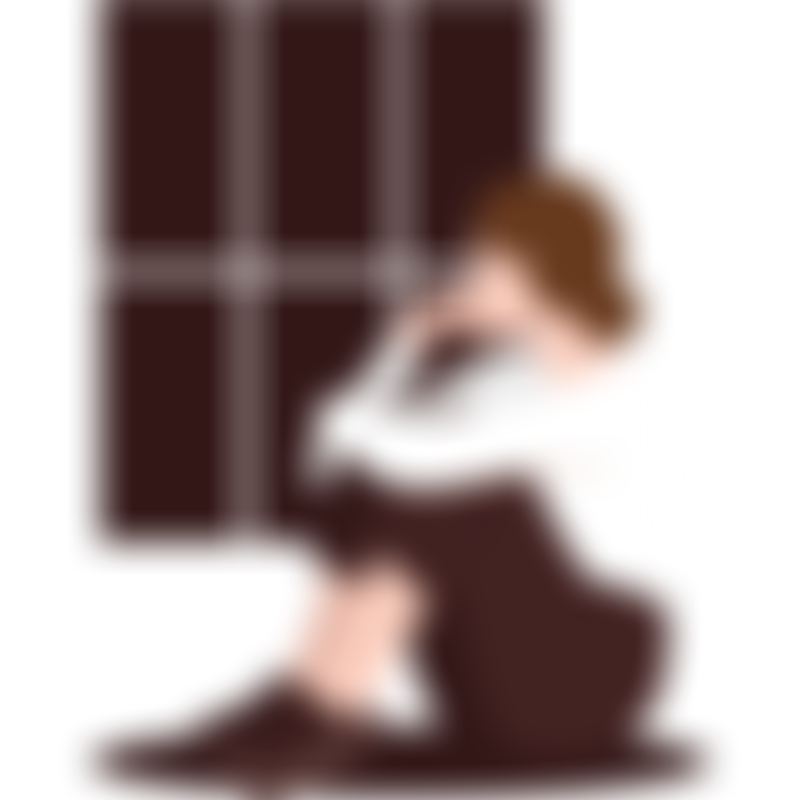
The diagnosis left me feeling numb, resentful and withdrawn. I felt empty, isolated and powerless.

After diagnosis, I made some lifestyle changes like improving how I eat, exercising more, and cutting down my drinking.
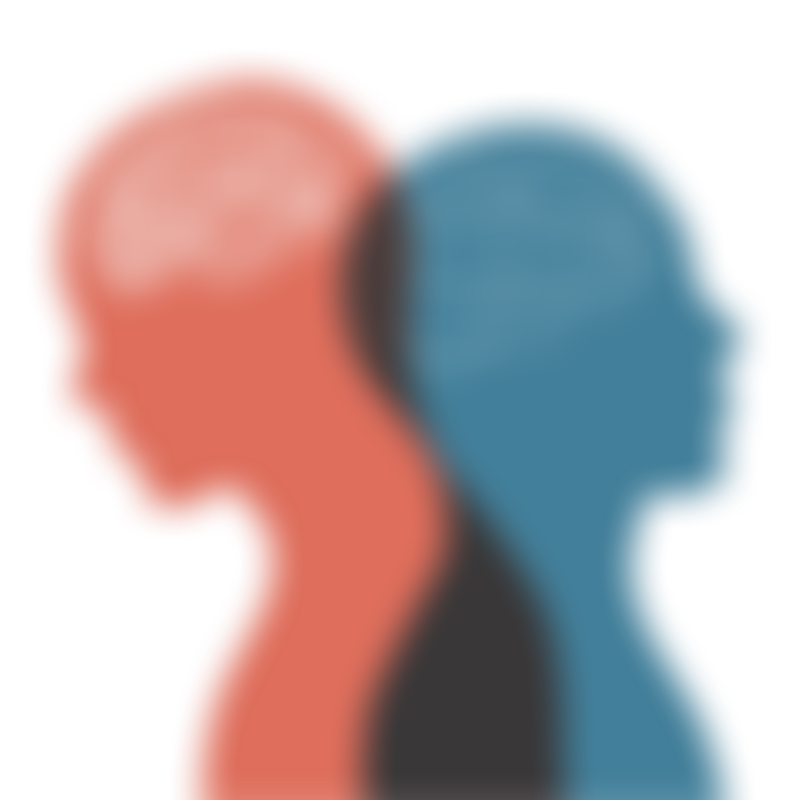
I was recommended for mastectomy (removal of the entire breast), chemotherapy, and radiation therapy. I trusted my doctor's recommendations and followed their plan. After my decision, I still felt angry and discouraged with my situation, but also relieved and hopeful.
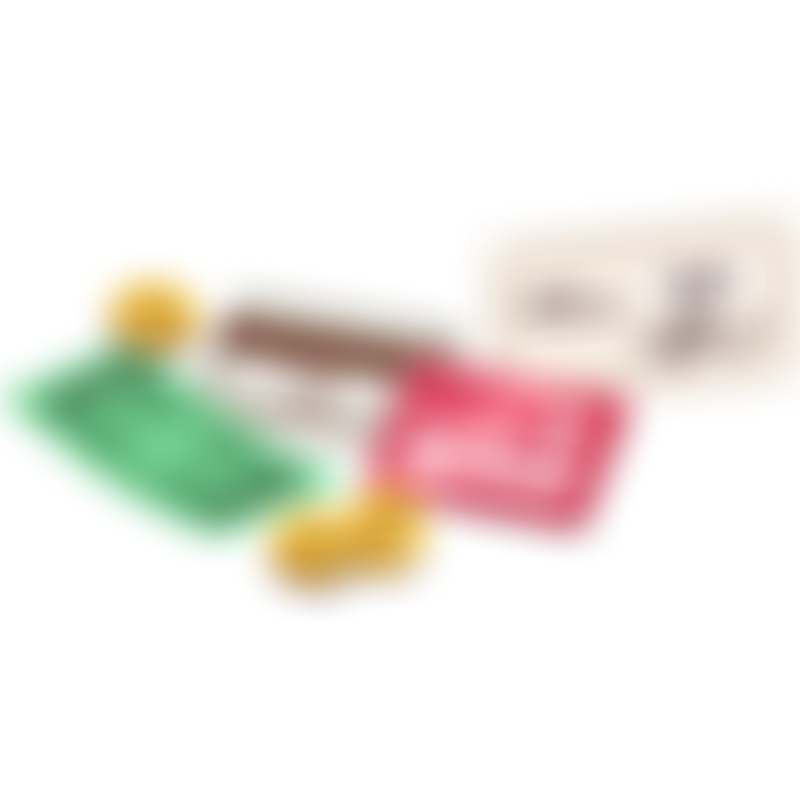
However, the side effects hit me hard - fatigue, hair loss, and holes in my skin. I relied on prescribed medication to manage the side effects. I also faced financial difficulties as I lost wages due to sick leave.
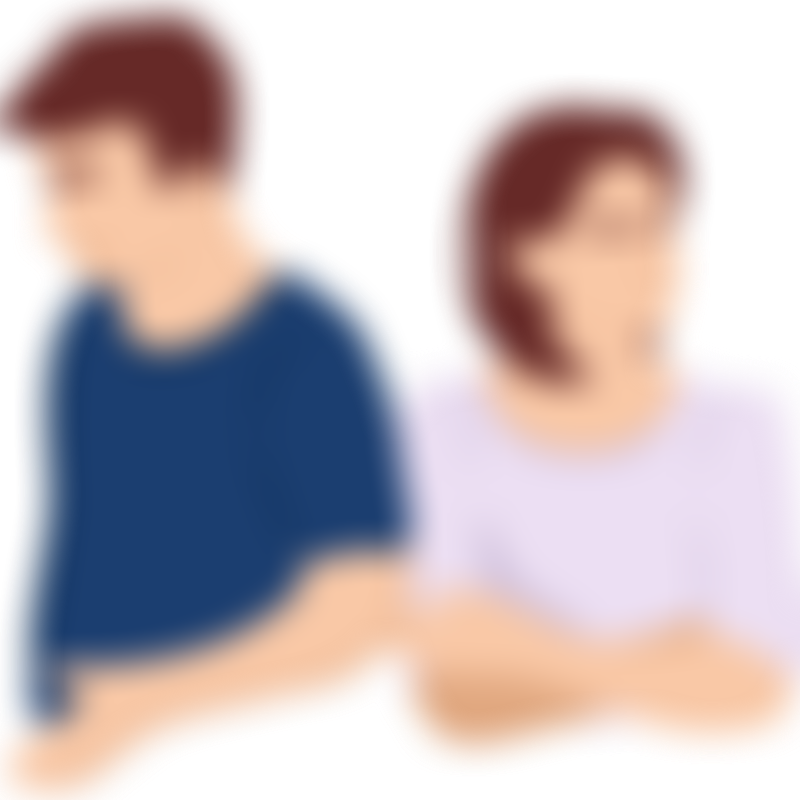
During treatment, I didn’t make any more changes to my usual lifestyle. However, I do talk to my parents much more often now. Sexual intimacy with my partner has fallen, though. I also haven't been able to spend as much time with my children.
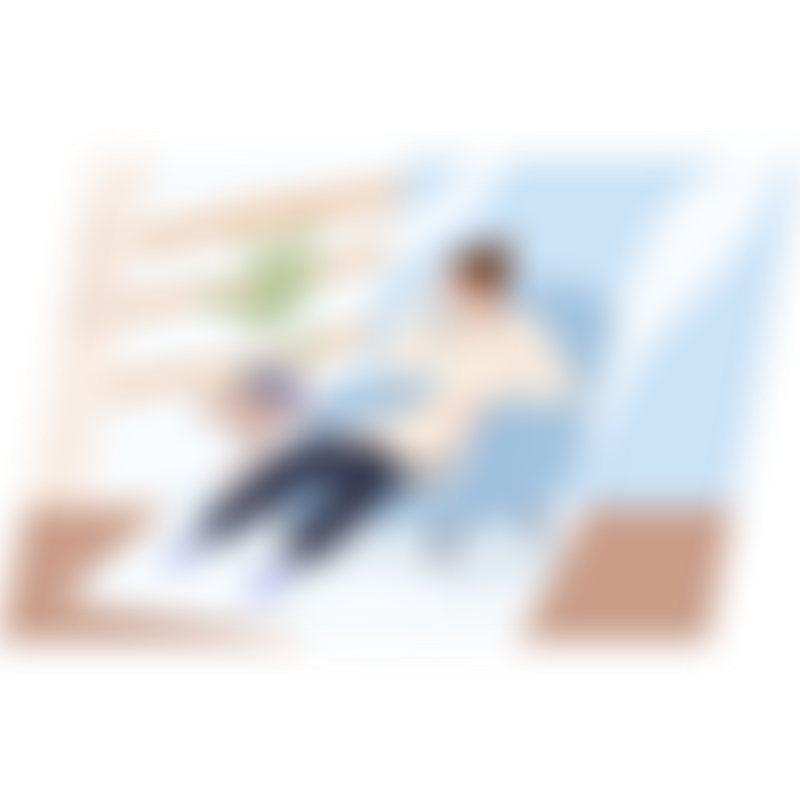
I don’t think of any plans or dreams now, especially with a secondary cancer. I don’t want to live with cancer anymore. I still hope to spend time with my loved ones.
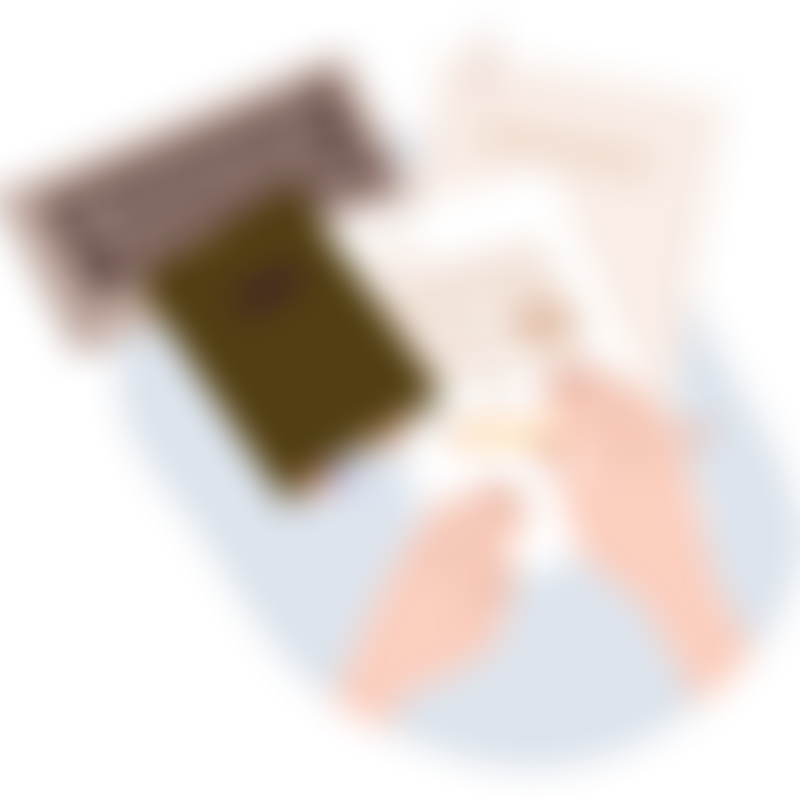
My biggest fear has been dying. Planning my funeral is how I try to overcome it.
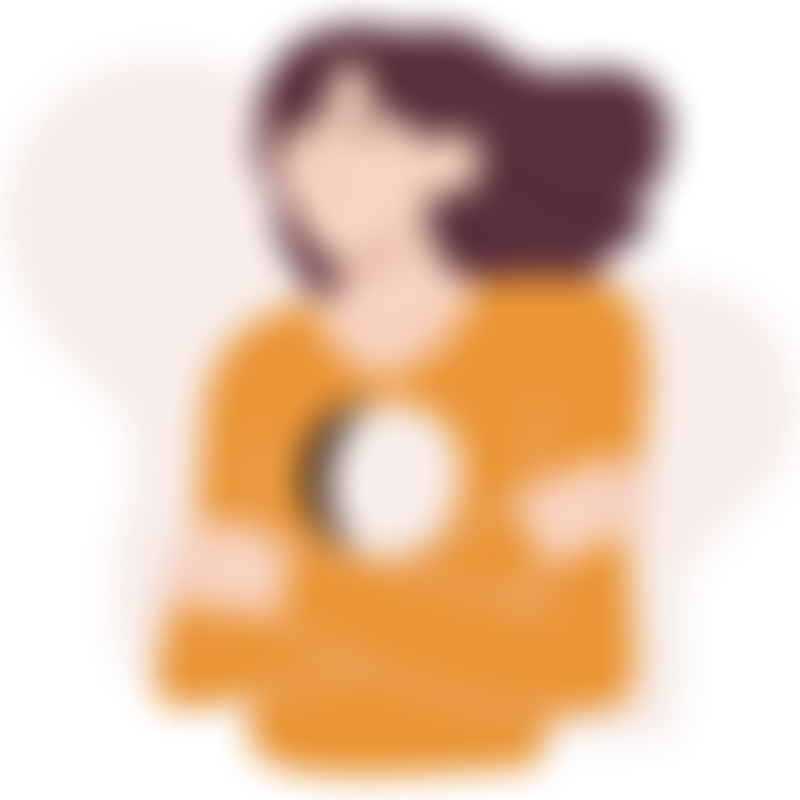
Rather than angry, now I feel more helpless, insecure and overwhelmed. I still feel isolated, empty and vulnerable.
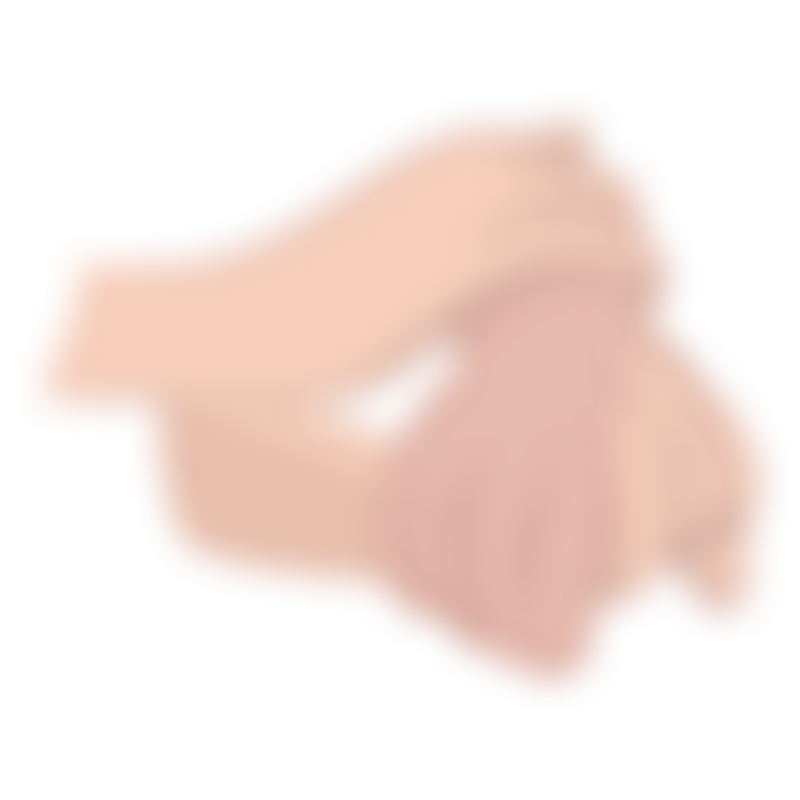
For those on their own cancer journey, I'd say, "Just take it day by day or hour by hour. Do what works for you, and accept help."
This patient's story is published and shared with their full consent. Any personal data that can be used to identify the patient has been omitted.
Click here for more information.